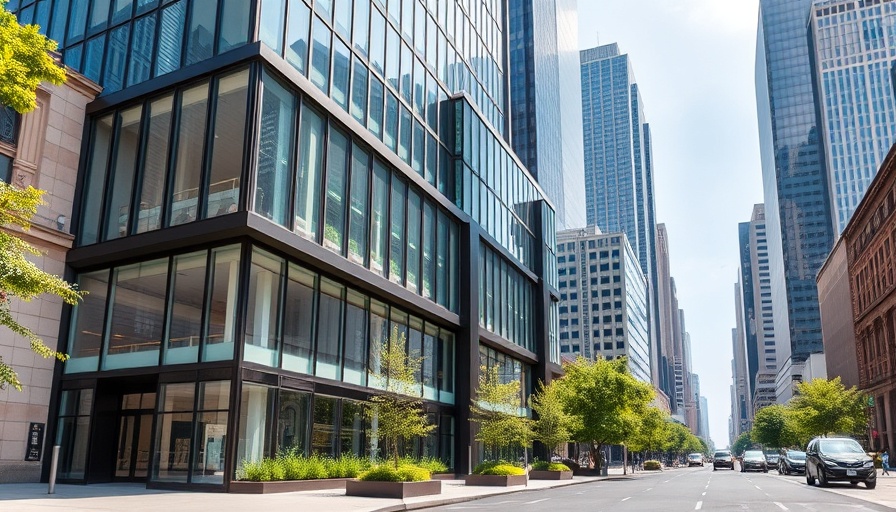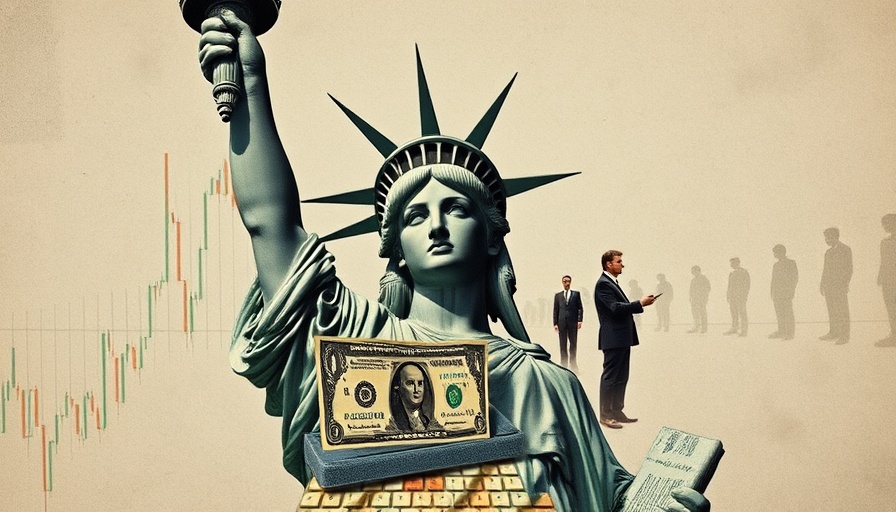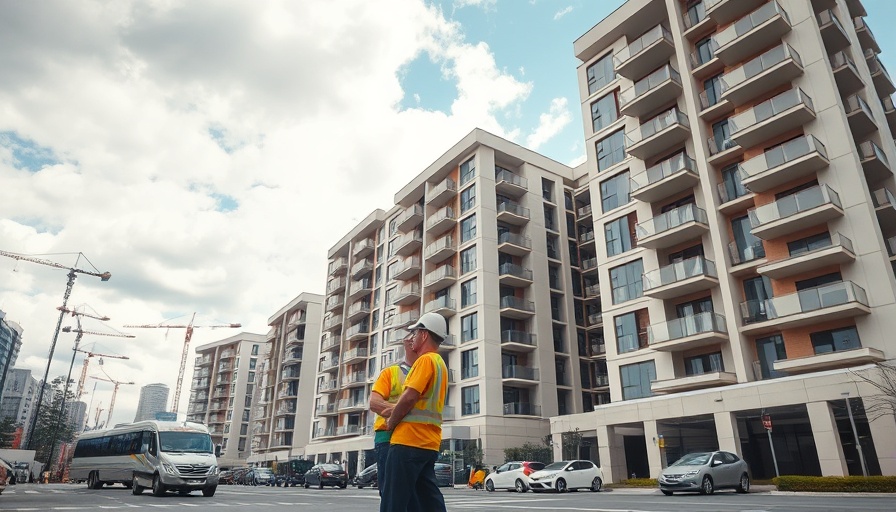
Humanoid Robots: A Leap into Controversy
At the recent Dreamforce 2025 event, a major talking point emerged surrounding the future of public safety in San Francisco. During a discussion, Figure AI's founder sidestepped a critical question from Salesforce's Marc Benioff regarding the controversial potential of selling humanoid robots to police departments. While Figure AI has made bold claims about keeping its technology out of military applications, the looming question remains—how will these advancements be integrated into law enforcement?
The Debate on Robot Policing
The conversation around police robotics in San Francisco is not new but has gained traction following incidents across the U.S., including the controversial use of robots by police in Dallas and other cities. The push for robotic assistance in police operations often finds itself at odds with public sentiment. Many residents are uneasy about robotic entities managing safety, fearing a shift towards militarization of the police force.
As highlighted by The Marshall Project, some past attempts to enable police robots to operate with lethal force met with fierce backlash—resulting in canceled proposals. A specifically notorious case involved the Dallas Police Department using a bomb-laden robot to eliminate a suspect in 2016, raising ethical concerns that still echo today.
The Role of AI and Ethics in Police Robotics
Further complicating the matter is the introduction of artificial intelligence into the mix. An article from GBH emphasizes the importance of evaluating how AI-powered police robots handle decision-making, especially in high-stakes situations. The risk of bias in AI systems is critical; these algorithms could unwittingly exacerbate existing issues if not properly managed. Such technologies could lead to discriminatory policing practices if biased data informs them.
Public Sentiment and Calls for Regulation
Across the board, public opinion is deeply divided on this issue. Many families and citizens express concern that autonomous robots could create an intimidating atmosphere in communities struggling to repair relationships with local police forces. The risk that these technologies alienate communities, rather than protect them, is a real problem, given current tensions around policing ethics.
Experts like Nir Eisikovits have pointed out that there must be clear regulations concerning the deployment of automated systems with lethal capabilities. Suggestions include banning weaponized robots altogether and emphasizing community-oriented policing methods over technological solutions. As Eisikovits stated, it is essential for police forces to engage with civil society to ensure community voices are heard and considered in such significant technological shifts.
Conclusion: Navigating a Path Forward
The conversation around humanoid robots in police forces will remain contentious as technology continues to evolve. There is a pressing need for transparency, ethical considerations, and community engagement in any discussions about their use. As we march forward toward a future intertwined with AI technologies, it is pivotal that we balance technological innovation with society's ethical and moral standards.
 Add Row
Add Row  Add
Add 




Write A Comment